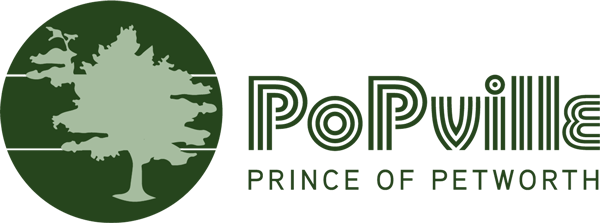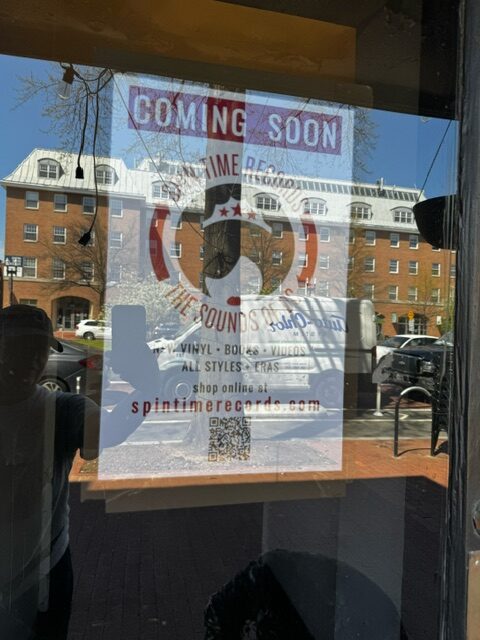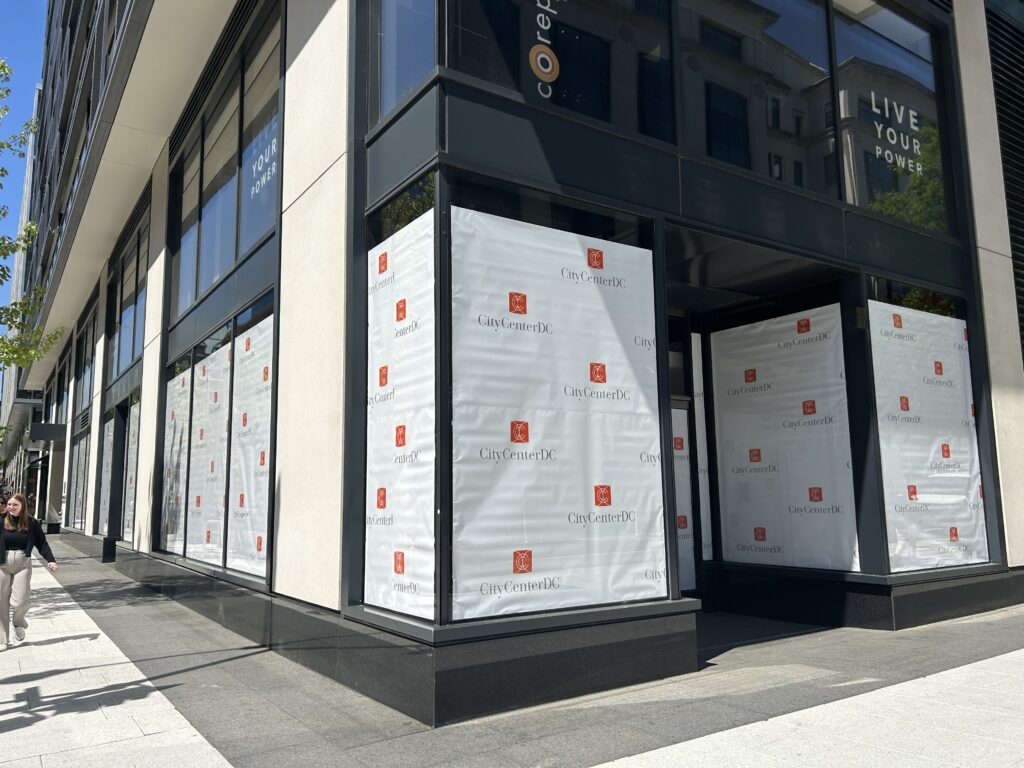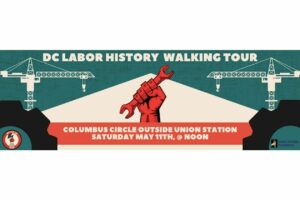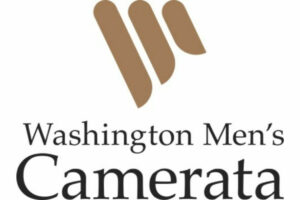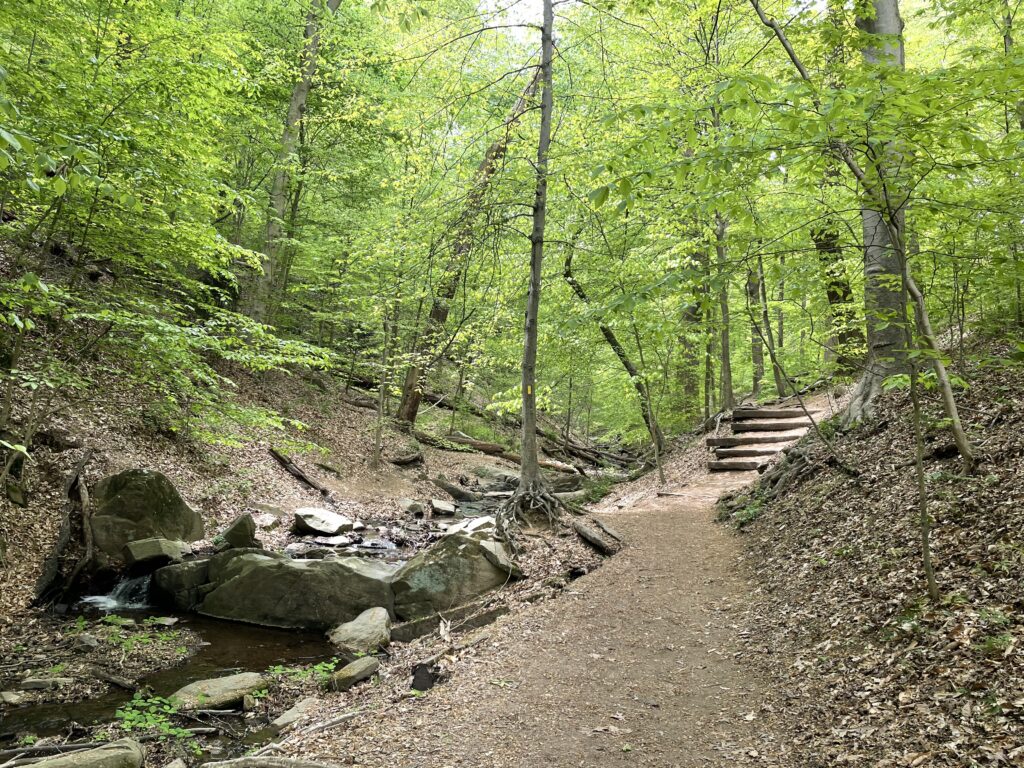
From the Trust for Public Land:
“The Trust for Public Land announced today that Washington, DC, ranked 1st on the annual ParkScore® index, improving from last year’s second-place finish. Washington climbed ahead of defending champion Minneapolis, which finished third. Saint Paul placed second and Arlington, VA, finished fourth.
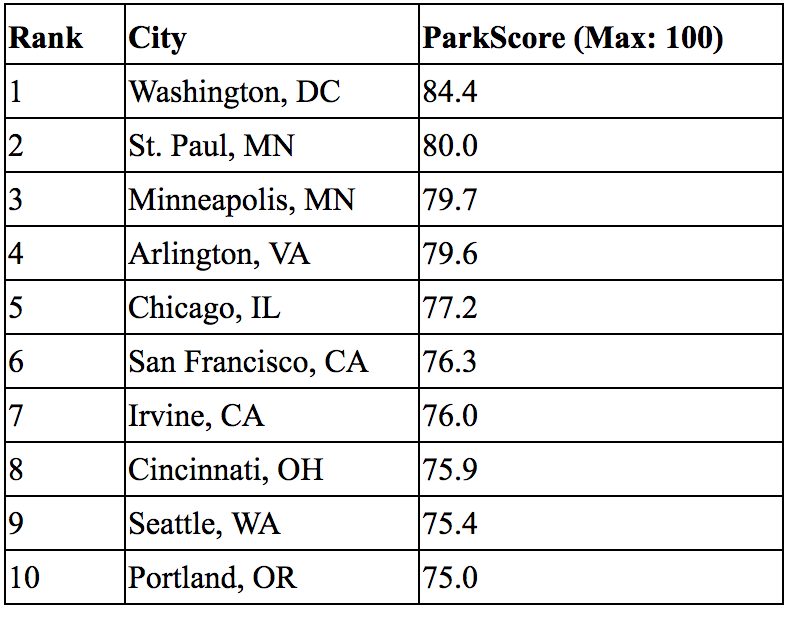
Washington performed strongly on all ParkScore rating factors and claimed the top spot based on strong scores for park equity, which was added to the rating system for the first time this year. In the District, 98 percent of residents live within a 10-minute walk of a park, far exceeding the national ParkScore index average of 75 percent. Residents of Washington neighborhoods where most people identify as Black, Hispanic and Latinx, Indigenous and Native American, or Asian American and Pacific Islander have about equal access to park space as residents of neighborhoods that are predominantly white.
Across all ParkScore cities in the United States, residents in neighborhoods where most people identify as people of color have access to 44 percent less park space than residents in neighborhoods that are predominantly white. Residents in low-income neighborhoods have access to 42 percent less park space than residents in high-income neighborhoods.
The District’s ParkScore ranking was also boosted because the city reserves 24.1 percent of city area for parks, far exceeding the national average of 5.4 percent. The city earned strong marks for park investment and park amenities.
“We already loved our parks, but over this past year, as Washingtonians have made it a priority to spend more time outside, we have developed an even greater appreciation for our ability to play and gather in beautiful outdoor spaces across DC,” said Washington, DC Mayor Muriel Bowser. ”We’re happy to be back in the number one spot, and we’ll continue to make convenient access to world-class parks and playgrounds a priority for residents in all eight wards of DC.”
Nearby Arlington slightly outperformed Washington for park access. Ninety-nine percent of Arlington residents live within a 10-minute walk of a park, compared to Washington’s 98 percent finish. Arlington also scored extremely well for park acreage, park spending, and park amenities. However, the city’s ParkScore ranking was negatively affected by the new measures of park equity.
Residents of Arlington neighborhoods where most people identify as Black, Hispanic and Latinx, Indigenous and Native American, or Asian American and Pacific Islander have access to 34 percent less park space per capita than residents in neighborhoods that are predominantly white. Residents of low-income neighborhoods also have access to 34 percent less park space.
MEASURES OF PARK EQUITY ADDED IN 2021
For the first time in the study’s 10-year history, the 2021 ParkScore® index includes measures of park equity. The new equity measures were inspired by the national awakening on racial justice and The Trust for Public Land’s longstanding commitment to equitable park access and quality. The data revealed significant disparities in park space across racial and economic lines.
“In a majority of ParkScore cities, white neighborhoods and high-income neighborhoods have a disproportionately higher share of park space,” says Linda Hwang, The Trust for Public Land’s Director of Innovation and Strategy. “That’s not right and it’s not fair. The Trust for Public Land believes there should be a quality park within a 10-minute walk of home of every person in America, and we are committed to centering equity as we advocate for parks and open space in cities throughout the United States.”
To complement the annual ratings list, The Trust for Public Land today released a groundbreaking report describing how parks are working to improve equity and address other problems facing cities. The report, Parks and an Equitable Recovery, found that across the 100 largest cities, there is a significant disparity in who has access to available park space, and the disparity falls across racial and economic lines. The report also details how parks are critical components of our recovery from the pandemic, economic recession, climate crisis, and longstanding racial injustice.
PARKSCORE RANKINGS FOR 2021
According to the Trust for Public Land’s 10th annual ParkScore® index, Washington, DC, has the best city park system in the country.
The ParkScore® index ranks park systems in the 100 largest U.S. cities and is widely considered the gold standard for park evaluation. The 2021 edition reported that 75 percent of residents across all ParkScore cities live within a 10-minute walk of a park, the highest access score in the index’s 10-year history.
The addition of park equity as a rating factor affected the rankings of many cities. Baltimore rose 28 places on the ParkScore index, from 58th in 2020 to 30th this year. Toledo, OH, rose 27 places, from 77th in 2020 to 50th this year. Newark, NJ, also jumped 27 spots to 42nd.
Twelfth-ranked Boston and sixth-place San Francisco remain the only ParkScore cities where 100 percent of residents live within a 10-minute walk of a park or other public open space.
Boise defended its title as the best park system for dogs, with a nation-leading 6.3 dog parks per 100,000 residents, narrowly beating Portland, Ore. Irvine, Calif, received top marks for basketball hoops and Madison, Wis, scored best for playgrounds. Boston earned top marks for splash pads and other water features, beating out 2020-leader Cleveland.
The number of playgrounds per capita in ParkScore cities increased by four percent since last year, largely because of “shared used” agreements that opened school playgrounds for neighborhood use after school hours and on weekends. The number of playgrounds in ParkScore cities has increased by 29 percent since 2012, when the ParkScore index began tracking this indicator.
The number of dog parks increased by more than two percent, continuing the trend first reported by The Trust for Public Land five years ago.
PARKSCORE METHODOLOGY AND RANKINGS
For the last 10 years, ParkScore rankings were based on four factors, and this year, a park equity measure was added. This new rating factor was added to help city leaders understand and prioritize equity when making decisions about parks.
· Park equity compares per capita park space in neighborhoods of color vs. white neighborhoods and in low-income neighborhoods vs. high income neighborhoods and 10-minute-walk park access for people of color and lower-income residents. Park systems score higher if disparities are low or non-existent;
· Park access measures the percentage of residents living within a 10-minute walk of a park;
· Park acreage is based on a city’s median park size and the percentage of city area dedicated to parks;
· Park investment measures park spending per resident; and
· Park amenities assesses the availability of six popular park features: basketball hoops, off-leash dog parks, playgrounds, “splash pads” and other water play structures, recreation and senior centers, and restrooms.”
Recent Stories
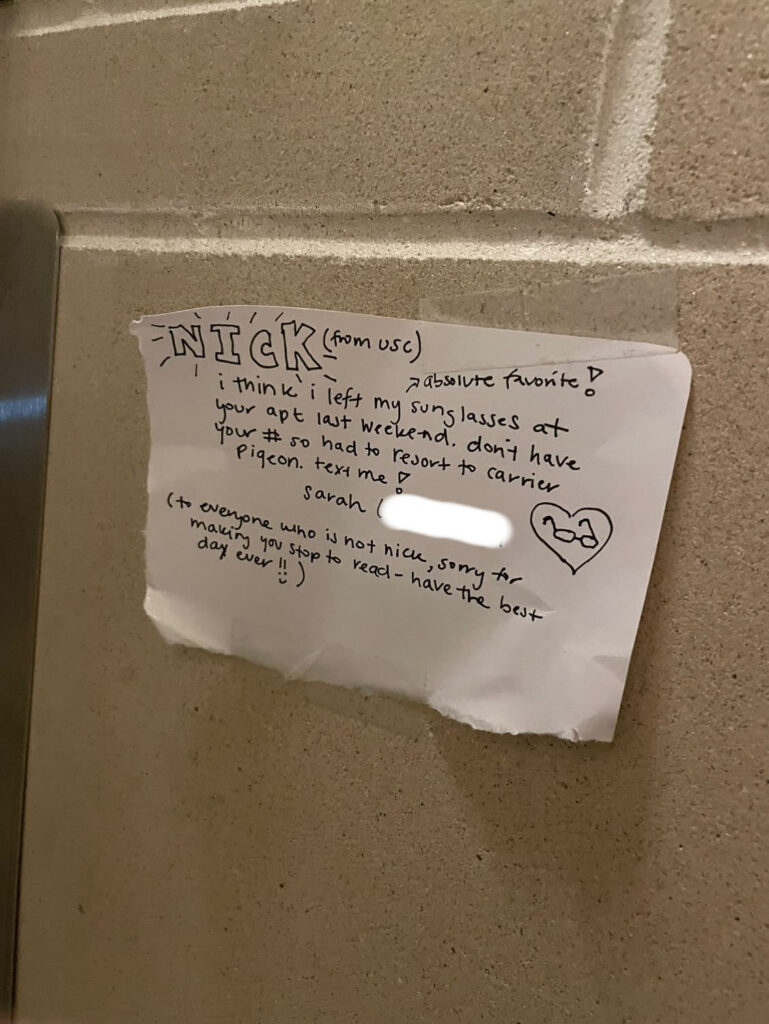
Thanks to Alex for sending from Adams Morgan. Nick, if you have Sarah’s sunglasses – email me at [email protected]

Unlike our competitors, Well-Paid Maids doesn’t clean your home with harsh chemicals. Instead, we handpick cleaning products rated “safest” by the Environmental Working Group, the leading rating organization regarding product safety.
The reason is threefold.
First, using safe cleaning products ensures toxic chemicals won’t leak into waterways or harm wildlife if disposed of improperly.
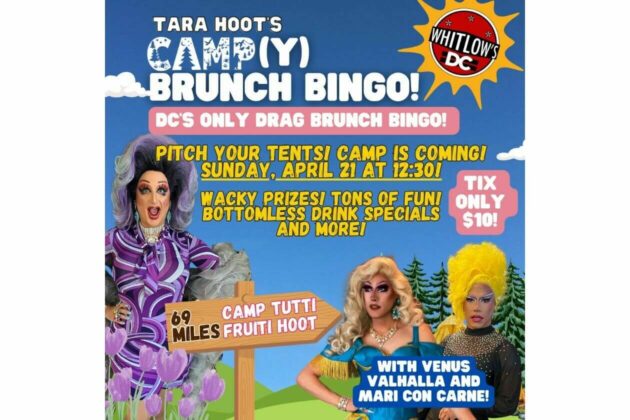
Looking for something campy, ridiculous and totally fun!? Then pitch your tents and grab your pokers and come to DC’s ONLY Drag Brunch Bingo hosted by Tara Hoot at Whitlow’s! Tickets are only $10 and you can add bottomless drinks and tasty entrees. This month we’re featuring performances by the amazing Venus Valhalla and Mari Con Carne!
Get your tickets and come celebrate the fact that the rapture didn’t happen during the eclipse, darlings! We can’t wait to see you on Sunday, April 21 at 12:30!
DC Labor History Walking Tour
Come explore DC’s rich labor history with the Metro DC Democratic Socialists of America and the Labor Heritage Foundation. The free DC Labor History Walking Tour tour will visit several landmarks and pay tribute to the past and ongoing struggle
Frank’s Favorites
Come celebrate and bid farewell to Frank Albinder in his final concert as Music Director of the Washington Men’s Camerata featuring a special program of his most cherished pieces for men’s chorus with works by Ron Jeffers, Peter Schickele, Amy
